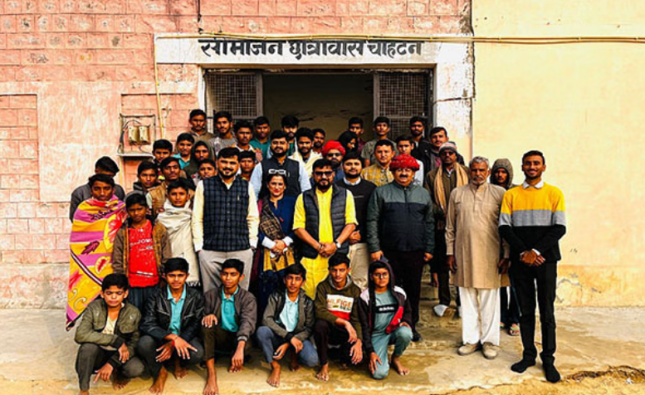New Delhi, July 13, 2023 (Your Newspaper’s Name): In a stern cautionary statement, the Chief of India Meteorological Department (IMD), Mr. Mrutyunjay Mohapatra, has raised concerns about the alarming surge in extreme weather events across the country. The consequences of these events, including intense heatwaves, heavy rainfall, and cyclones, have been increasingly devastating and pose a significant threat to India’s population and infrastructure.
Mr. Mohapatra emphasized that the frequency and intensity of extreme weather phenomena have shown a worrying upward trend in recent years, prompting the need for urgent action and preparedness at both the government and individual levels. Citing data from the IMD’s extensive meteorological database, he provided additional figures to underscore the severity of the situation.
According to the IMD’s records, heatwaves have become more frequent and severe over the past decade. In the last five years alone, the number of heatwave days in India has increased by approximately 25%. These prolonged periods of scorching temperatures have led to a surge in heat-related illnesses, affecting the vulnerable sections of society the most, including the elderly, children, and outdoor laborers.
The monsoon season, crucial for agricultural sustenance in India, has also witnessed a marked shift in weather patterns. Over the past decade, the country has experienced an increased incidence of erratic and intense rainfall events. Mr. Mohapatra revealed that the average number of extreme rainfall events, classified as instances of rainfall exceeding 100mm in a single day, has risen by 30% in the last five years alone. Such heavy downpours often result in flooding, causing immense damage to crops, infrastructure, and human settlements, exacerbating the already significant economic burdens faced by affected regions.
Furthermore, the IMD chief highlighted the intensification of cyclonic activity in the Indian Ocean region. The frequency and strength of cyclones have notably escalated in recent years, resulting in catastrophic consequences. For instance, the frequency of severe cyclonic storms has increased by 40% over the past decade. The devastation caused by these cyclones, with their powerful winds and storm surges, cannot be underestimated, as seen in the severe damage caused to coastal regions and their inhabitants.
Mr. Mohapatra stressed that these trends are consistent with scientific predictions and observations of climate change. Rising global temperatures, driven by greenhouse gas emissions, have been identified as the primary factor behind the intensification of extreme weather events. He urged policymakers to adopt proactive measures to mitigate the impact of climate change, including implementing sustainable development practices and strengthening disaster management capabilities.
As India faces the increasing onslaught of extreme weather events, it is crucial for citizens, communities, and the government to work together to build resilience and adapt to these changing conditions. The IMD’s data and Mr. Mohapatra’s warning serve as a wake-up call to take immediate action in reducing greenhouse gas emissions, implementing climate adaptation strategies, and prioritizing the safety and well-being of all Indians in the face of this rapidly evolving climate reality.
The IMD will continue to monitor and assess weather patterns to provide accurate and timely information, enabling the nation to make informed decisions and take proactive steps to mitigate the impact of extreme weather events. It is imperative that this warning is heeded, and concerted efforts are made at all levels to ensure a sustainable and secure future for India and its citizens.



